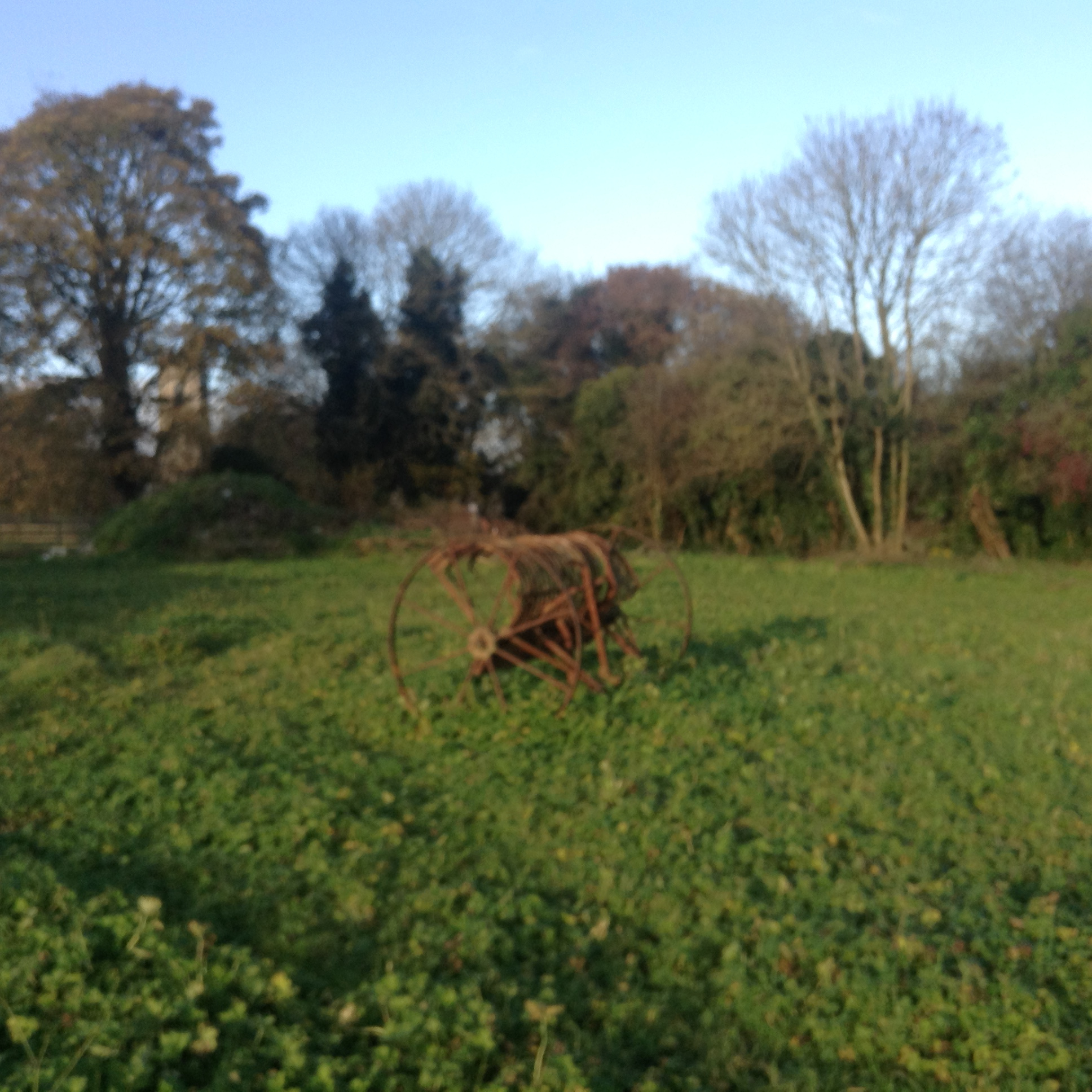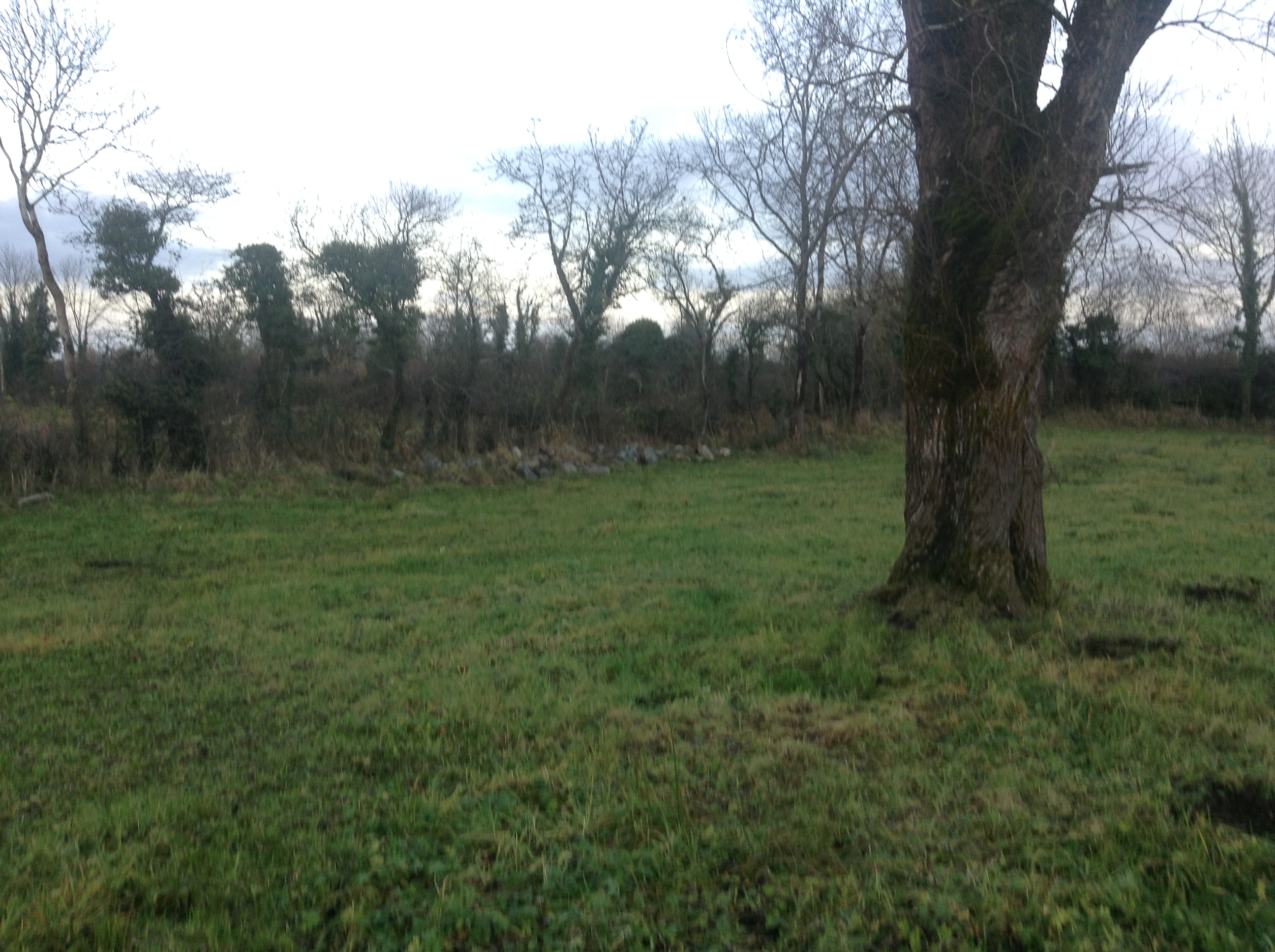|
Mohill
Mohill (, meaning "Soft Ground") is a town in County Leitrim, Ireland. The town of Carrick-on-Shannon is approximately 16 km (10 miles) away. History The Justinian plague of Mohill devastated the local population in the 6th century. Mohill, or ''Maothail Manachain'', is named for St. Manachan, who founded the Monastery of Mohill-Manchan here AD. Some sources and folklore say the shrine of Manchan was kept at the Monastery of Mohill-Manchan, before being moved to Lemanaghan in county Offaly for some unrecorded reason. The Monastery was taken over by Augustinians in the 13th century and was later closed in the 16th century, after the time of King Henry VIII. The site of the church is now occupied by a Church of Ireland church and graveyard. Ownership of the town passed to the Crofton family during the plantations and areas around the town were owned by the Clements family (Lord Leitrim), who built the nearby Lough Rynn estate and was also the owner of what is now à ... [...More Info...] [...Related Items...] OR: [Wikipedia] [Google] [Baidu] |
Manchán Of Mohill
Manchan, enm, Manachain, Mainchin, Manachain, Managhan, Monahan, abbr=midEng, la, Manchianus, Mancenus, Manichchaeus, Monahan, cy, Maucannus, Maucann, Mancan, Mancen, Maucan or Moucan., name=namevariants ,, enm, Moithla, Moethla, Maethla, Moyghell, Moghill, abbr=midEng, and la, Mathail, Nouella., name=mohillvariants (), was an early Christian saint credited with founding many early Christian churches in Ireland. His life is obscured because MainchÃn, many people named Manchan are found among the Monasticism, monastically-inclined Middle Ages, Medieval Irish Christians, and the name is a diminutive of ga, Manach, links=no la, Monachus, , links=no, . Manchan probably died of famine during volcanic winters caused by the extreme weather events of 535â536, which preceded the 6th century ''Justinian plague of Mohill''. The Saint Manchan's Shrine, Shrine of Manchan is a remarkable and unique example of Irish Urnes style art, adapted to Ringerike style, skillful in design and ... [...More Info...] [...Related Items...] OR: [Wikipedia] [Google] [Baidu] |
Monastery Of Mohill-Manchan
The monastery of Mohill-Manchan ( ga, mainistir an Maothail-Manachain) was anciently located at Mohill,, enm, Moithla, Moethla, Maethla, Moyghell, Moghill, abbr=midEng, and la, Mathail, Nouella., name=mohillvariants in county Leitrim. The earliest church was founded by Manchán of Mohill in the 6th century. Little is known about the former monastic community here. About the year 1216, the monastery became a religious house of the Canons Regular of Saint Augustine dedicated to the Saint Mary until suppression . The Priory of Mohill was briefly revived during Confederate Ireland rule but suppressed again by Cromwellian forces . From the ruins St. Mary's Church, Mohill, of Protestant denomination, was established in the 18th century. Monastery The former monastic settlement of Mohill was one of a multitude of monasteries that sprang up during 6th century Ireland. A Christian missionary named Manchan founded a church here between AD. Whether or not Manchan died at Mohill is unk ... [...More Info...] [...Related Items...] OR: [Wikipedia] [Google] [Baidu] |
Justinian Plague Of Mohill
In 6th century Ireland, the population of Mohill was devastated by the Justinian plague, an early phenomenon of the . The Mohill plague occurred following the Extreme weather events of 535â536 and death of Manchán of Mohill. Evidence Evidence for the Justinian plague in Mohill barony is revealed by the names of three contiguous townlands south west of Mohill townâTamlaght More, Tamlaght Beg, and Tamlaghtavallyâall surrounding the former monastery of Mohill. Because Tamlaght ( ga, Taimhleacht) is a pagan name, all three townland names are ancient and pre-Christian in origin. Recognition that the word ''tamlacht'' signifies a plague burial site is widespread, but most communities are unaware of their ancient ancestors' experiences. Knowledge of the plague at Mohill emerged after 1975, when a local school teacher named Gaffney, wrote his account: Hanley (2002) also identifies Mohill barony with the Justinian plague. He noted nearly all 41 ''Tamlachta'' sites in the nort ... [...More Info...] [...Related Items...] OR: [Wikipedia] [Google] [Baidu] |
Gorvagh
Gorvagh (Garvagh; Irish Garbhach) is a townland in County Leitrim, Ireland. It is located at , about from Mohill Mohill (, meaning "Soft Ground") is a town in County Leitrim, Ireland. The town of Carrick-on-Shannon is approximately 16 km (10 miles) away. History The Justinian plague of Mohill devastated the local population in the 6th centur ... and from Ballinamore. It belongs to the barony and parish of Mohill with St. Josephs church situated on a hill overlooking the main Mohill Ballinamore road ( R202) which traverses the area. Gorvagh is known for its lakes, with fishing popular amongst the locals and tourists. Historic Fenagh Abbey is from Gorvagh. Neighbouring townlands are (from the north in clockwise direction) Seltan, Annaghderg Lower, Adoon, Shivdilla, Gubadruish, Sratrissaun North, and Corrabeagh. The tripoint of Gorvagh, Corrabeagh, and Seltan is located on a small island in Seltan Lough. The four townlands of Gorvagh, Sratrissaun North ... [...More Info...] [...Related Items...] OR: [Wikipedia] [Google] [Baidu] |
County Leitrim
County Leitrim ( ; gle, Contae Liatroma) is a county in Ireland. It is in the province of Connacht and is part of the Northern and Western Region. It is named after the village of Leitrim. Leitrim County Council is the local authority for the county, which had a population of 35,087 according to the 2022 census. The county encompasses the historic Gaelic territory of West Breffny () corresponding to the northern part of the county, and Muintir Eolais or Conmaicne Réin, corresponding to the southern part. Geography Leitrim is the 26th largest of the 32 counties by area (the 21st largest of the 26 counties of the Republic) and the smallest by population. It is the smallest of Connacht's five counties in both size and population. Leitrim is bordered by the counties of Donegal to the north, Fermanagh to the north-east, Cavan to the east, Longford to the south, Roscommon to the south-west and Sligo to the west. Fermanagh is in Northern Ireland while all the other neighbo ... [...More Info...] [...Related Items...] OR: [Wikipedia] [Google] [Baidu] |
R201 Road (Ireland)
The R201 road is a regional road in Ireland linking Drumsna in County Leitrim to Belturbet in County Cavan. En route it passes through several small villages as well as Mohill and Killeshandra. The road is long. See also *Roads in Ireland *National primary road *National secondary road A national secondary road ( ga, Bóthar Náisiúnta den Dara Grád) is a category of road in Ireland. These roads form an important part of the national route network but are secondary to the main arterial routes which are classified as national ... References {{Reflist , refs = {{cite web , url = http://www.irishstatutebook.ie/eli/2012/si/54/made/en/print , title = S.I. No. 54/2012 â Roads Act 1993 (Classification of Regional Roads) Order 2012 , date = 28 Feb 2012 , publisher = Government of Ireland , access-date = 27 Aug 2016 Regional roads in the Republic of Ireland Roads in County Leitrim Roads in County Cavan ... [...More Info...] [...Related Items...] OR: [Wikipedia] [Google] [Baidu] |
Carrick-on-Shannon
Carrick-on-Shannon () is the county town of County Leitrim in Ireland. It is the largest town in the county of Leitrim. A smaller part of the town lies in County Roscommon. The population of the town was 4,062 in 2016. It is situated on a strategic crossing point of the River Shannon. The Leitrim part of the town is in the civil parish of Kiltoghert which is in the ancient barony of Leitrim. History Carrick-on-Shannon is situated on a fording point of the Shannon. In the vicinity of Drumsna, on the County Roscommon border, are the remains of an Iron Age fortification. Corryolus townland on the Shannon () remembers Eolais Mac Biobhsach, ancestor of the Muintir Eolais who were the most famous ancient Leitrim sub-septs in the Barony of Mohill and the Barony of Leitrim. Following the Norman invasion of Ireland, a famous Battle of Ãth an Chip occurred near Carrick-on-Shannon. On old maps, the town was also known as Carrick Drumrusk and Carrikdrumrusk, being an anglicised vari ... [...More Info...] [...Related Items...] OR: [Wikipedia] [Google] [Baidu] |
Turlough O'Carolan
Turlough O'Carolan ( ga, Toirdhealbhach à Cearbhalláin ; 167025 March 1738) was a blind Celtic harper, composer and singer in Ireland whose great fame is due to his gift for melodic composition. Although not a composer in the classical sense, Carolan is considered by many to be Ireland's national composer. Harpers in the old Irish tradition were still living as late as 1792, and ten, including Arthur O'Neill (harpist), Arthur O'Neill, Patrick Quin and Donnchadh à Hámsaigh, Donnchadh à hÃmsaigh, attended the Belfast Harp Festival. à Hámsaigh did play some of Carolan's music but disliked it for being too modern. Some of Carolan's own compositions show influences of the style of continental classical music, whereas others such as Carolan's ''Farewell to Music'' reflect a much older style of "Gaelic Harping". Biography Carolan was born in 1670 in Nobber, County Meath, where his father was a blacksmith. The family, who were said to be a branch of the Mac Brádaigh sept of Co ... [...More Info...] [...Related Items...] OR: [Wikipedia] [Google] [Baidu] |





